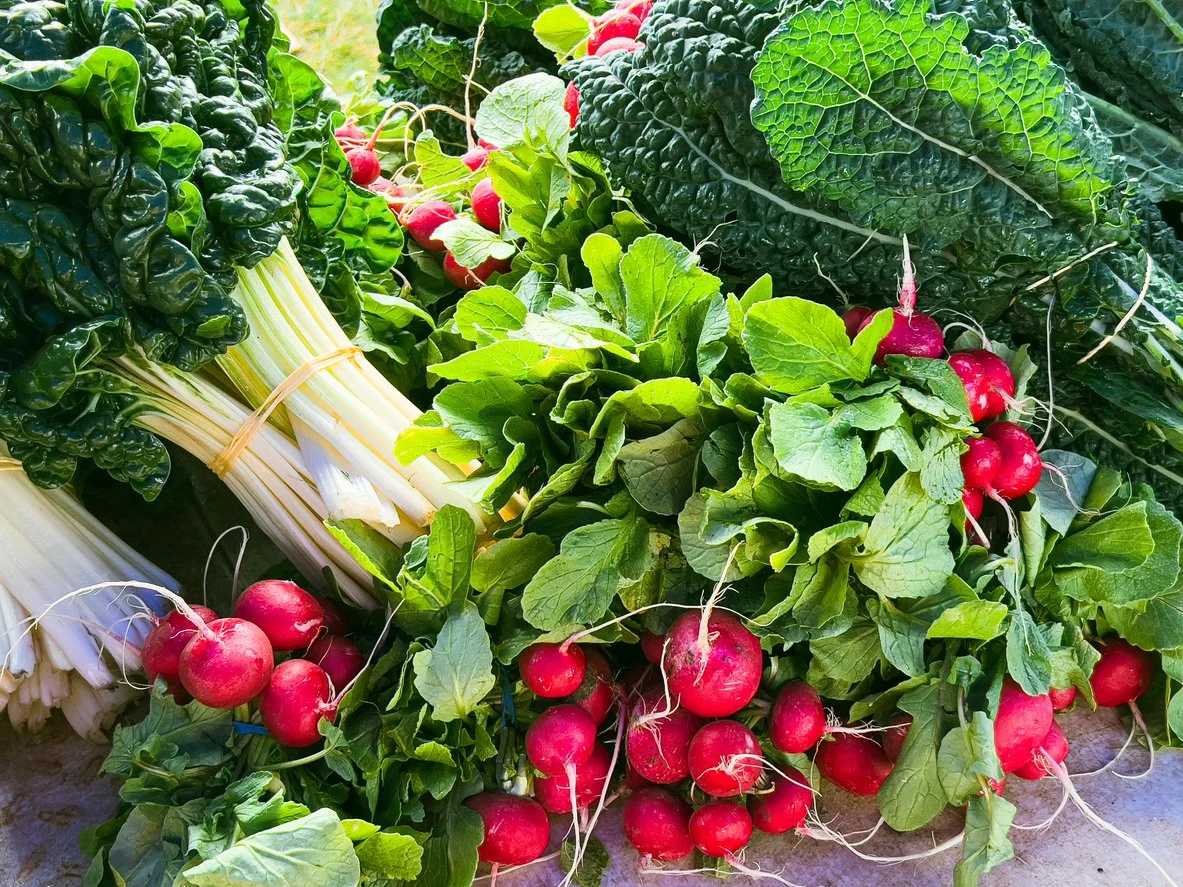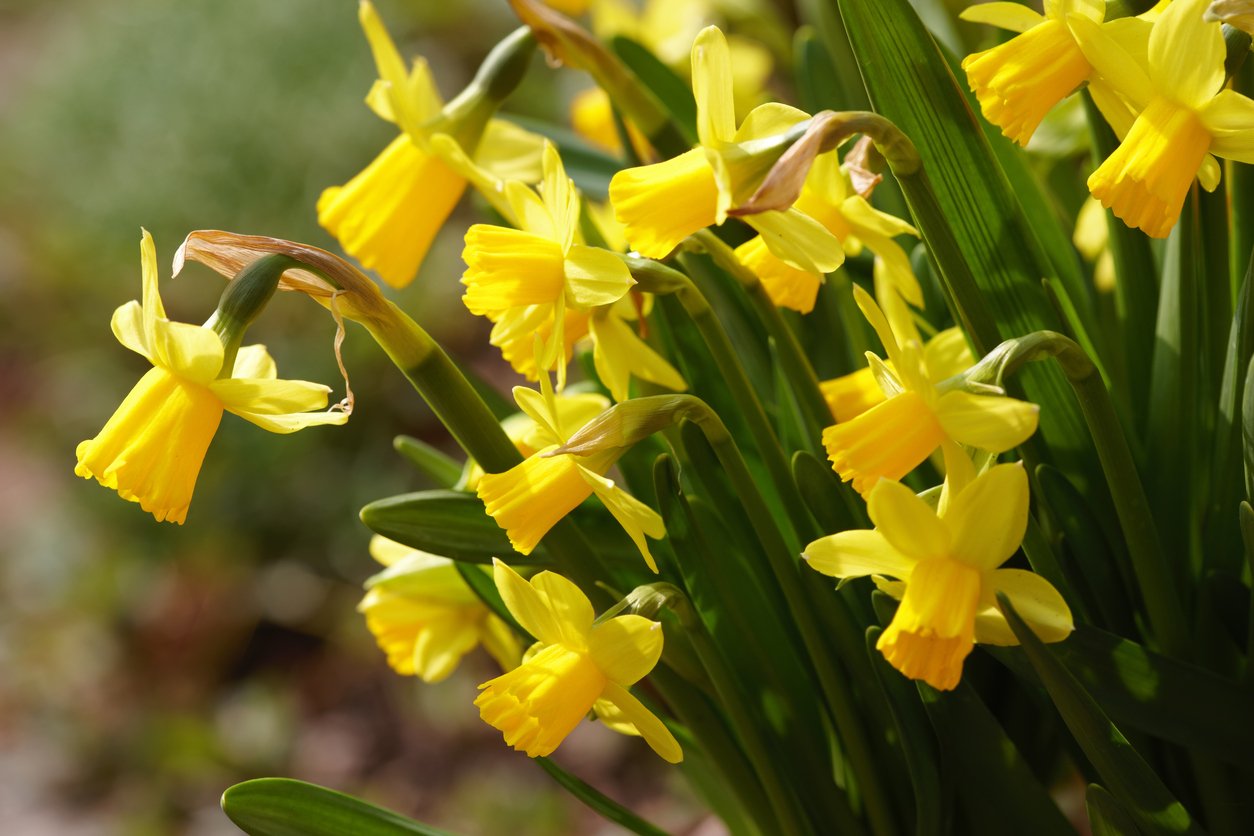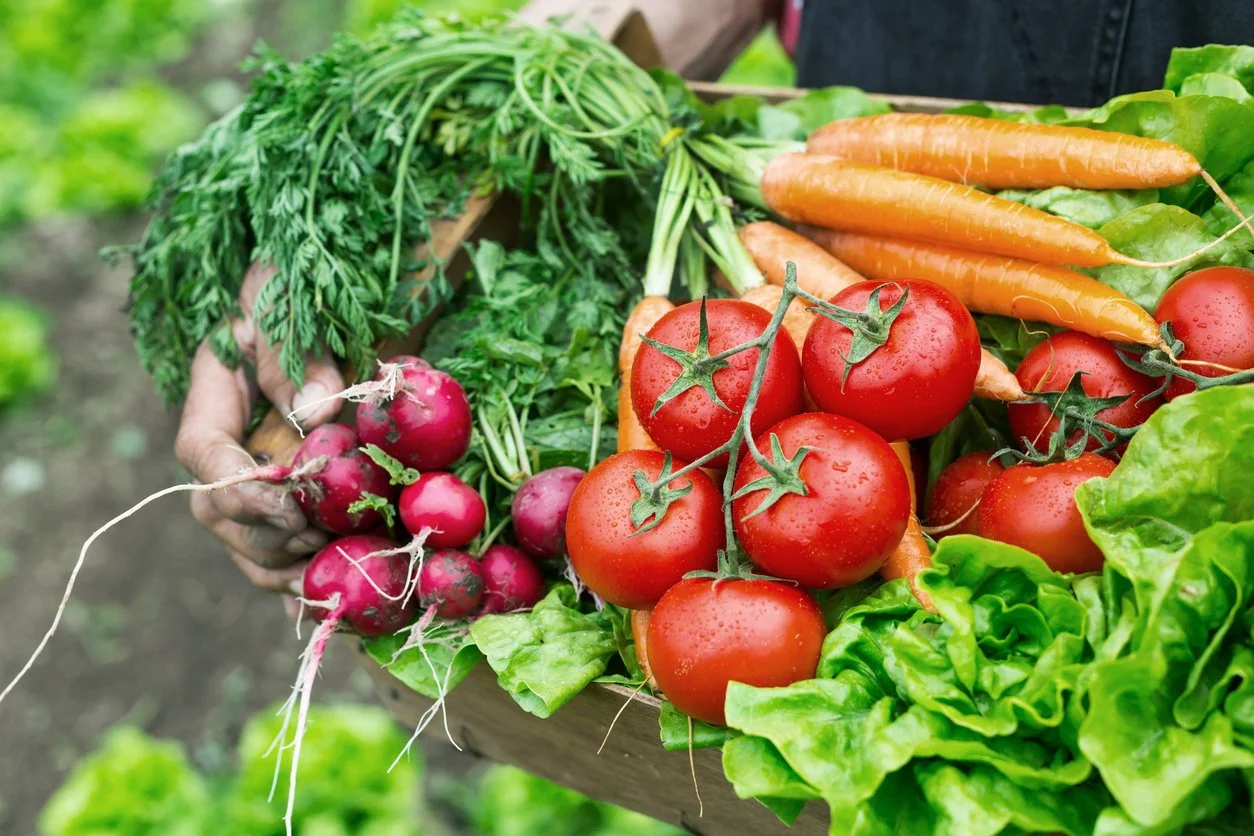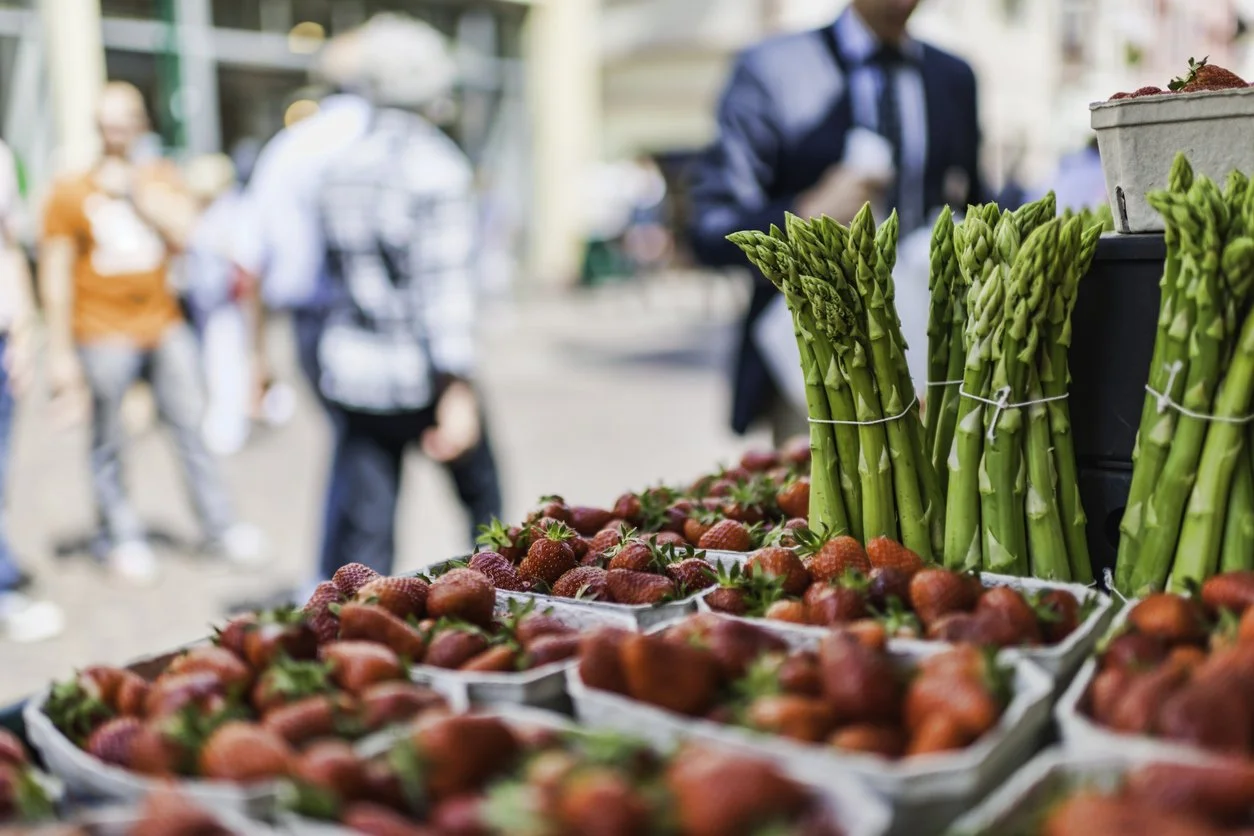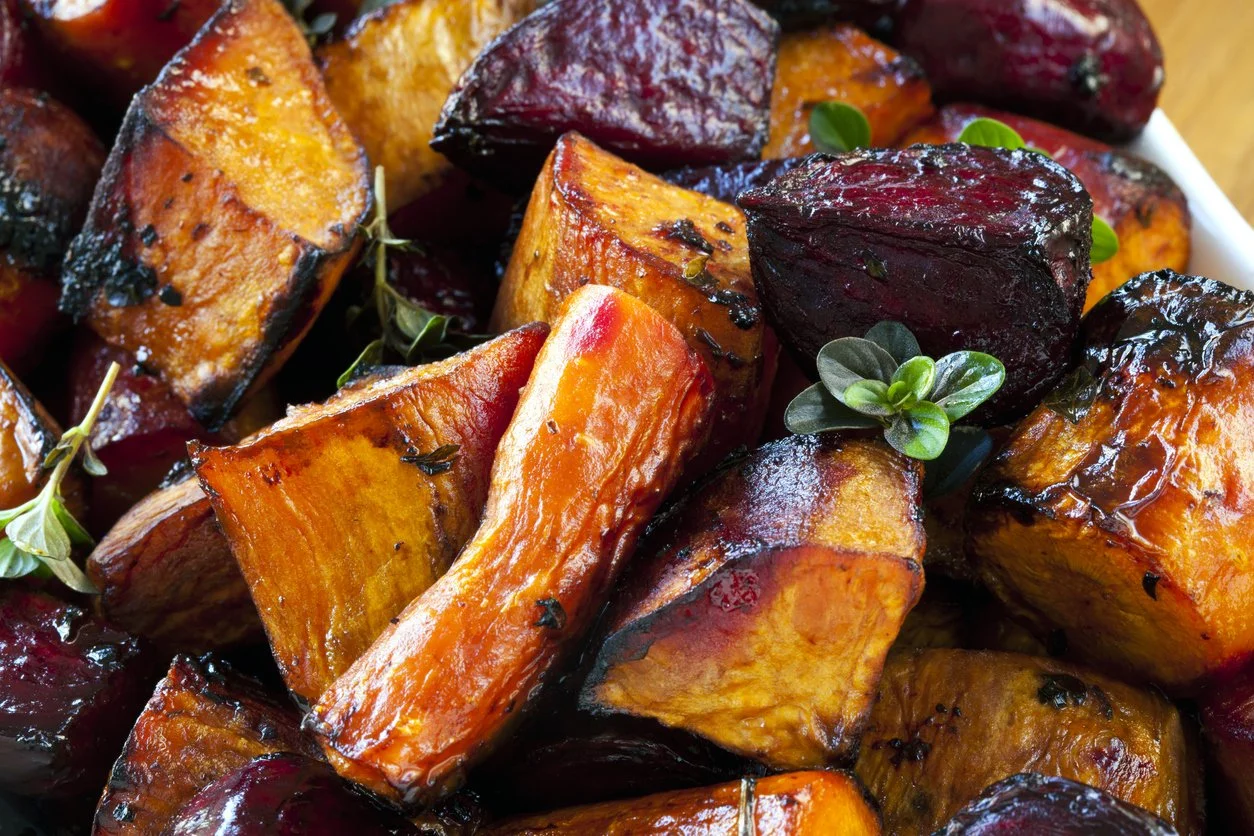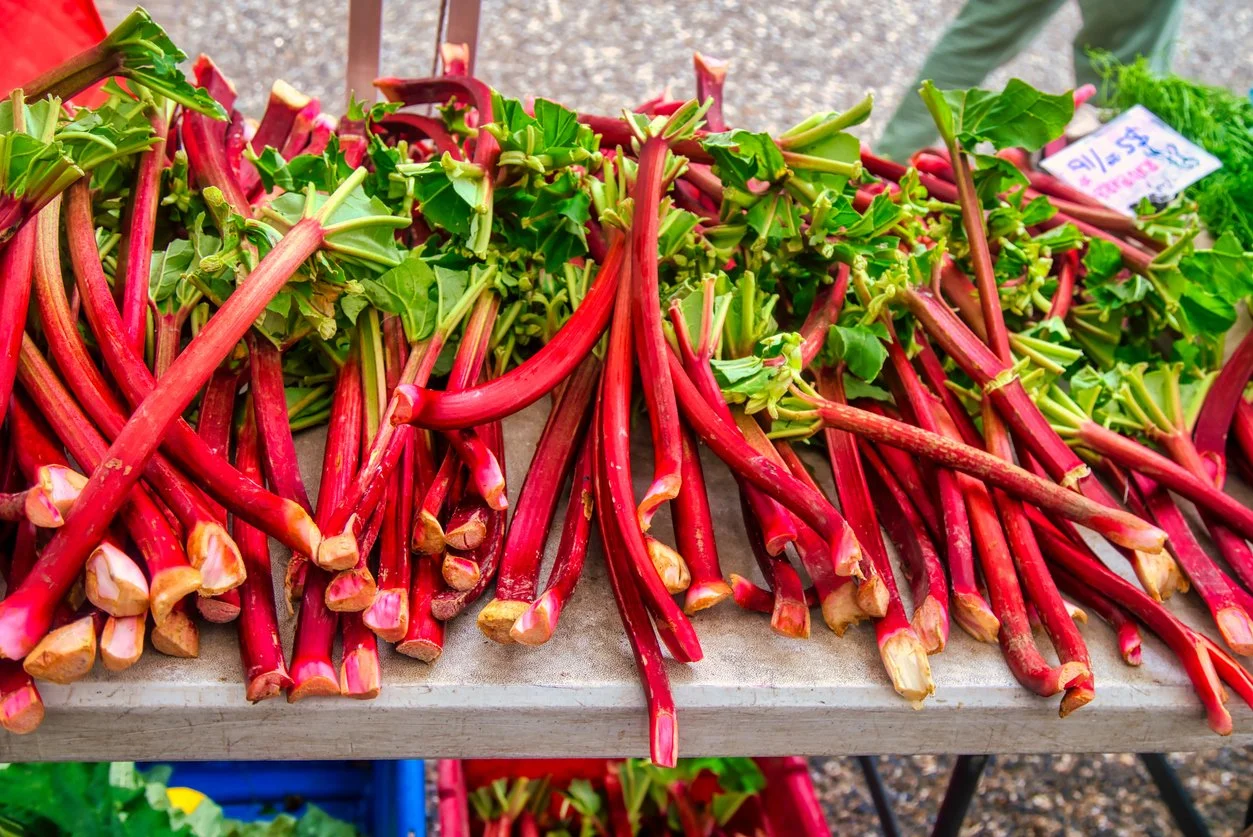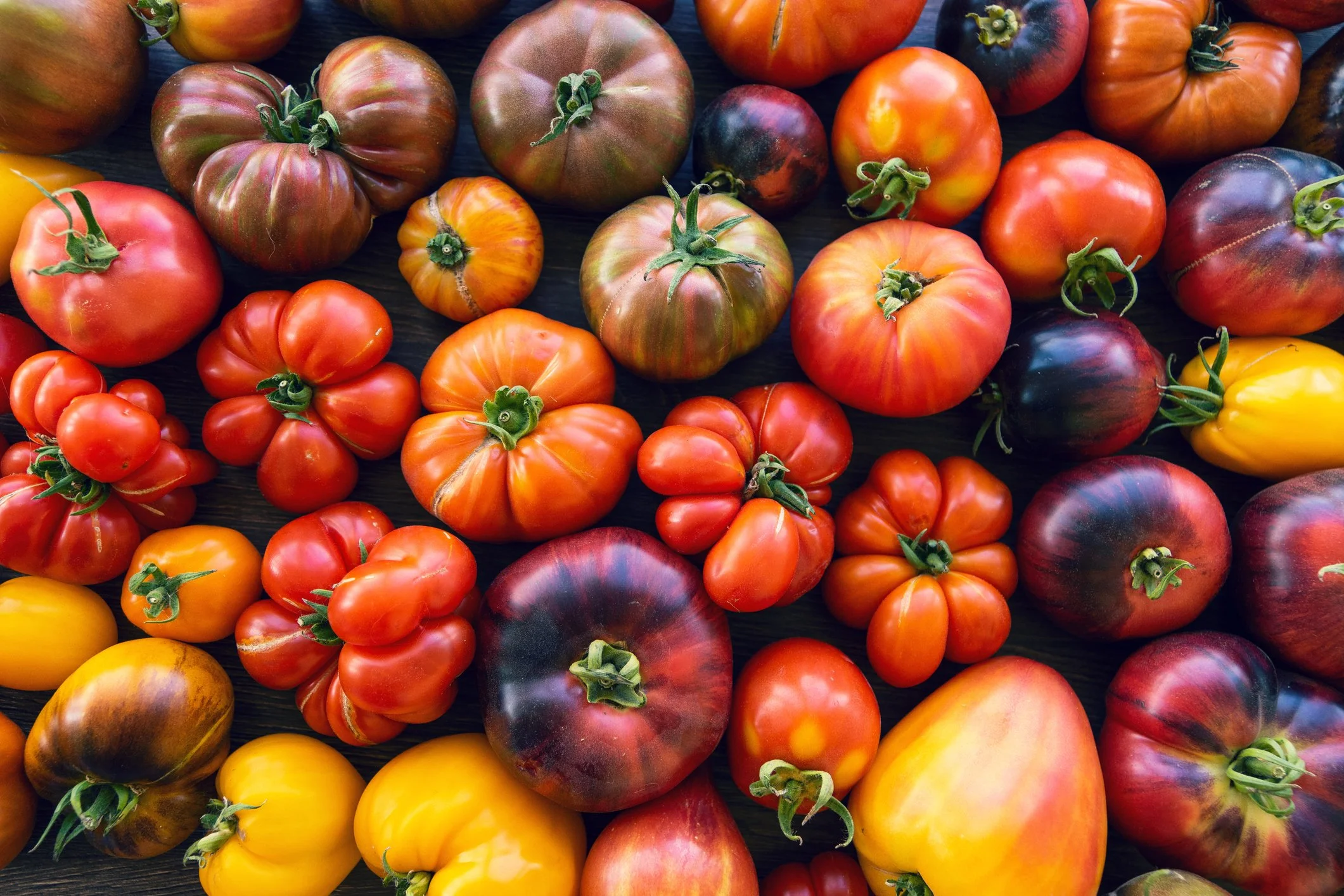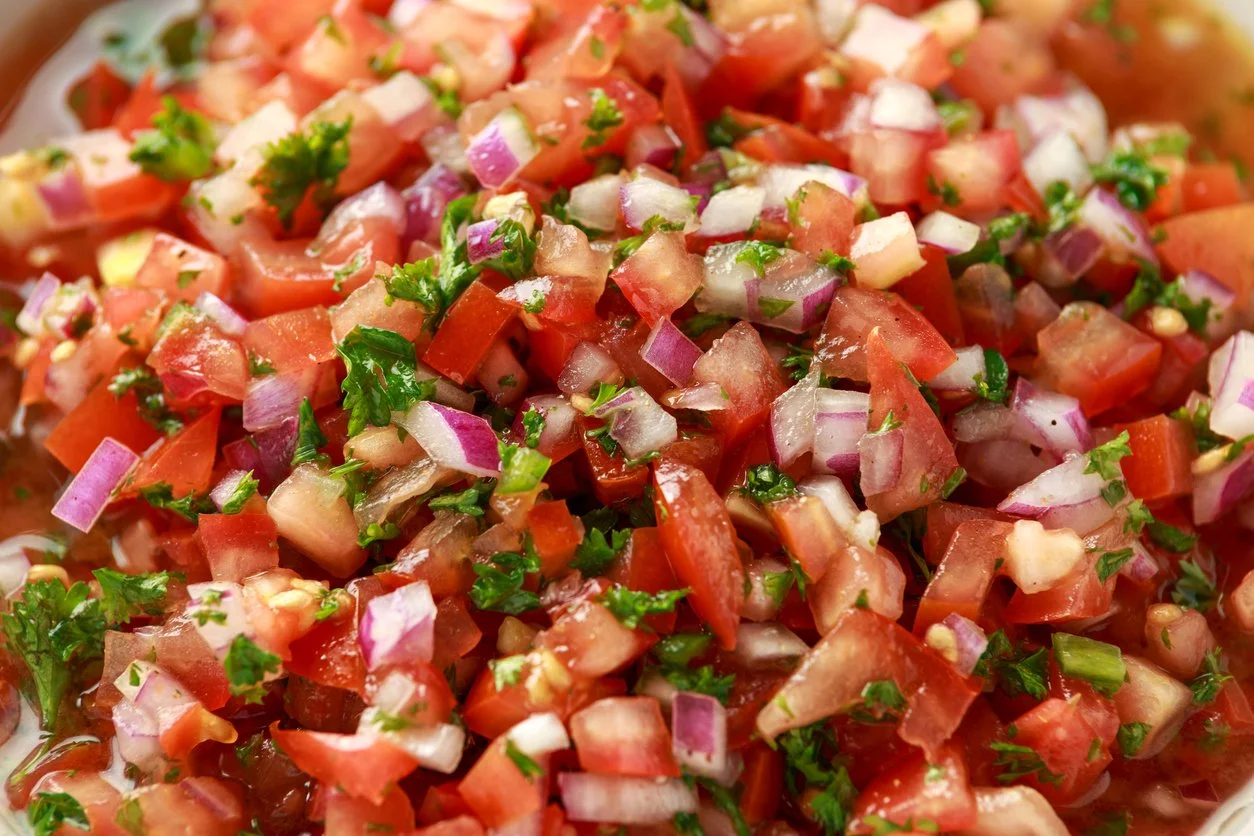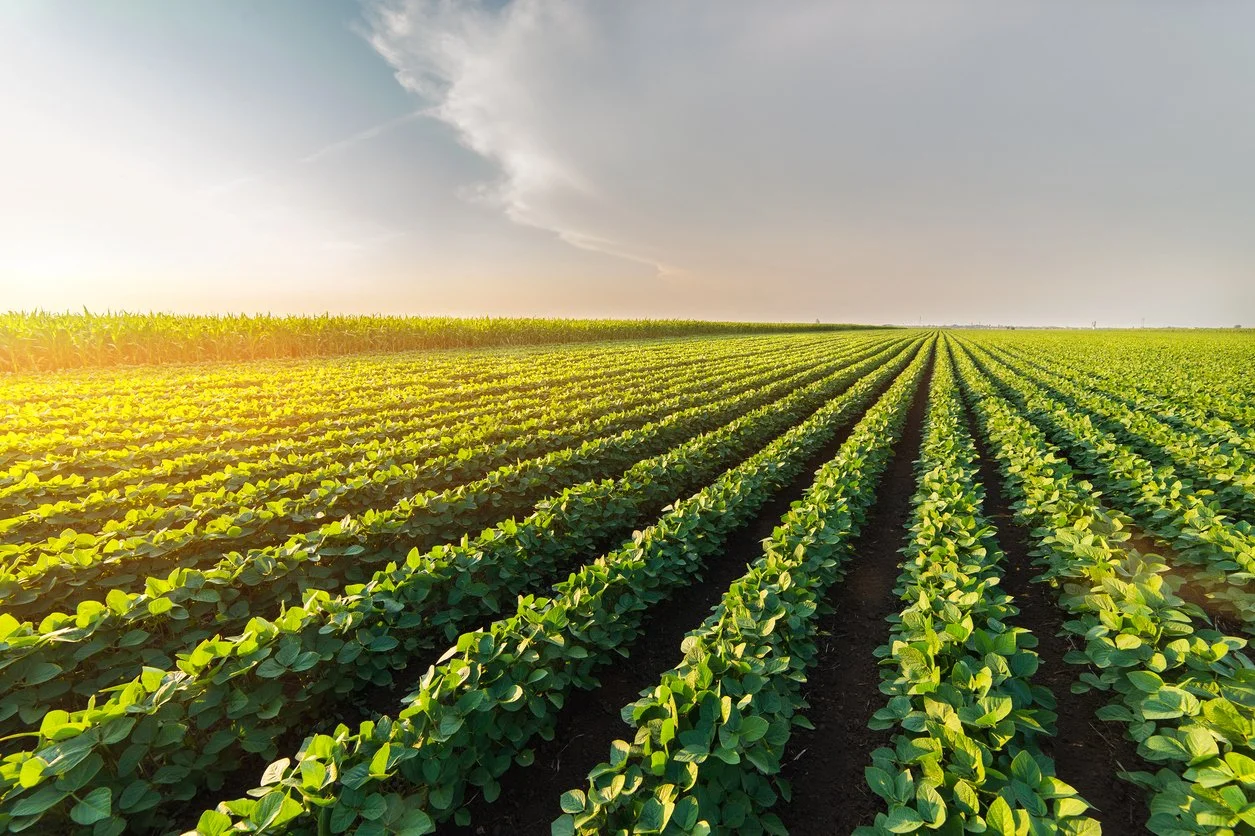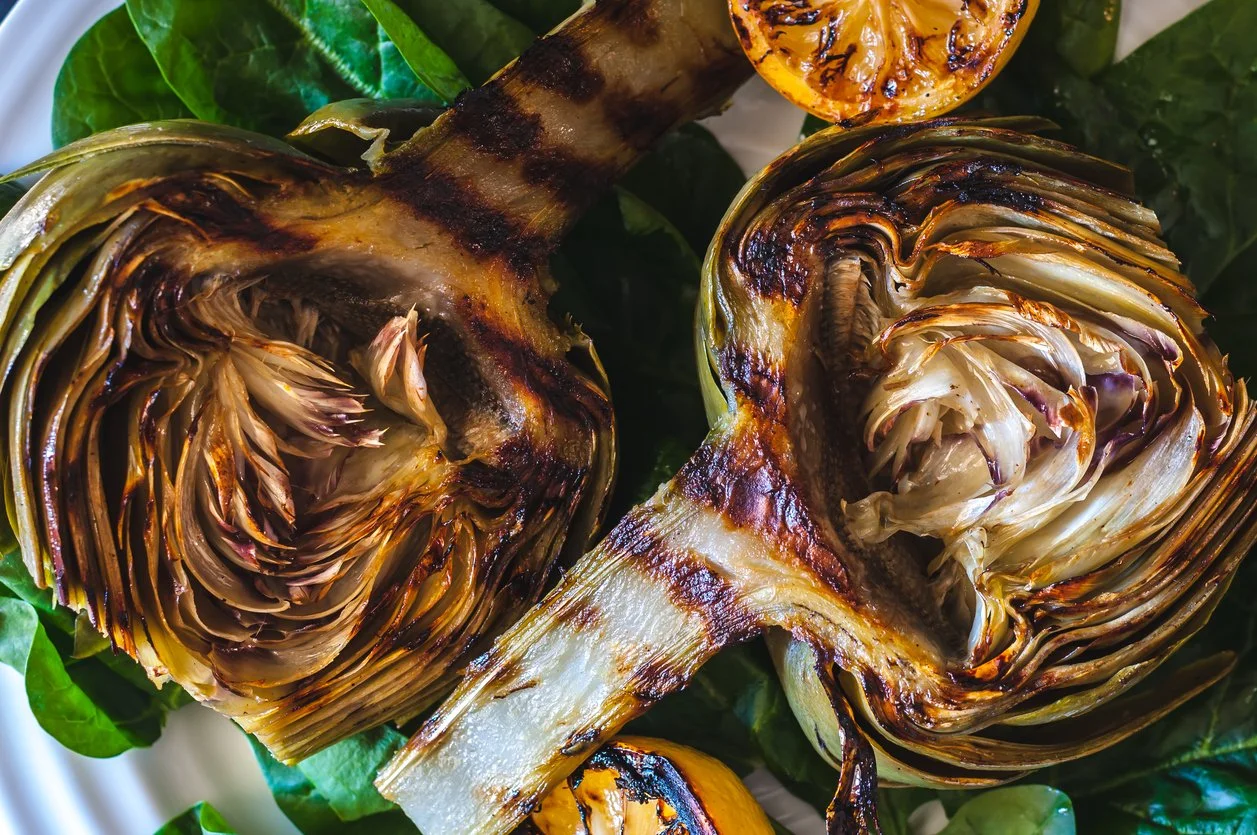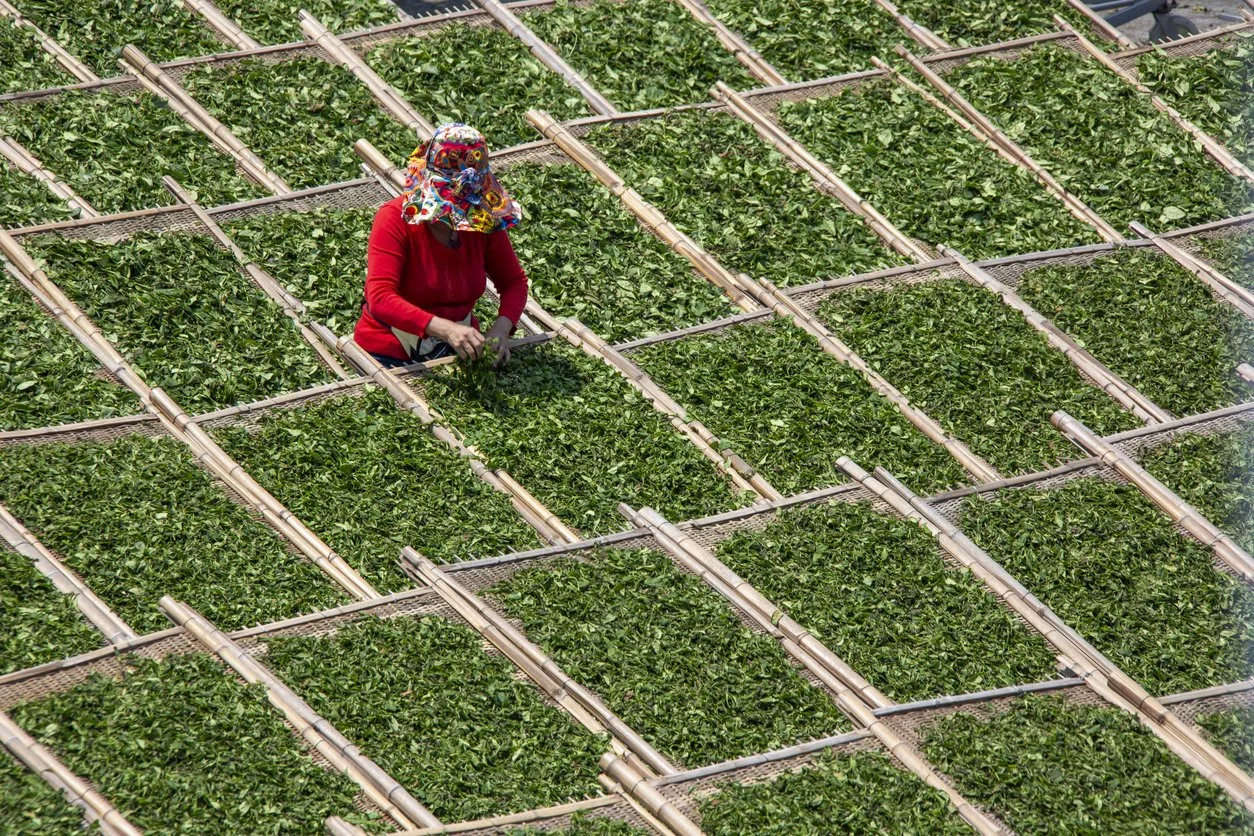Spring Equinox 2025 | What It Means, Seasonal Shifts & Fresh Produce Across the U.S.
Hi friends, Megan K. here with your guide to the Spring Equinox—exploring its celestial magic, seasonal transitions & what fresh produce you can expect in your region!
What is the Spring Equinox?
The Spring Equinox, also known as the Vernal Equinox, marks the official start of spring in the Northern Hemisphere. In 2025, this astronomical event will occur on March 20th, bringing a shift toward longer days, warmer temperatures, and the renewal of plant and animal life.
The term equinox comes from the Latin words aequi “equal” and nox “night,” signifying the near-equal balance of daylight and darkness that occurs on this day. This happens because the Earth’s axis is neither tilted toward nor away from the sun, allowing the sun’s rays to shine directly over the equator.
As the Northern Hemisphere begins tilting toward the sun after the equinox, days gradually become longer and warmer, leading to increased sunlight, agricultural growth, and seasonal renewal.
What Happens During the Spring Equinox?
The Equinox is a natural event that occurs twice a year, once in March (spring) and once in September (fall). Here’s what happens during this seasonal shift:
Equal Day & Night – For a short period, all regions on Earth experience roughly 12 hours of daylight and 12 hours of darkness.
Sun Over the Equator – The sun is positioned directly above the equator, evenly distributing sunlight between the Northern and Southern Hemispheres.
Longer Days Begin – After the equinox, the Northern Hemisphere starts experiencing longer daylight hours and shorter nights.
Seasonal Changes – Warmer temperatures lead to blooming flowers, active wildlife, and shifting agricultural patterns.
Spring’s Fresh Energy & Seasonal Renewal
The arrival of spring brings a noticeable shift in energy, not just in nature but also in daily life. The increased sunlight and warming temperatures create a sense of renewal and motivation, inspiring people to spend more time outdoors, refresh their homes, and embrace healthier lifestyles.
Key seasonal changes during the spring equinox include:
Longer, Brighter Days – More daylight increases vitamin D exposure, which supports mood and overall well-being.
Nature Awakens – Flowers bloom, trees bud, and wildlife becomes more active as they emerge from winter dormancy.
Seasonal Produce Flourishes – Farmers’ markets begin to feature a variety of fresh, in-season fruits and vegetables.
Increased Outdoor Activity – Warmer weather encourages more gardening, hiking, and time spent in nature.
Spring represents growth, renewal, and transformation, making it an ideal time to refresh eating habits, explore new recipes, and take advantage of seasonal ingredients.
Spring Produce Across the Five U.S. Agricultural Regions
Spring’s mild temperatures and extended daylight create the perfect environment for a new wave of fresh fruits, vegetables, and herbs. Below is a breakdown of what’s in season across the five U.S. agricultural regions.
Northeast | New England & Mid-Atlantic
The Northeast experiences a late start to the growing season, but early spring brings cold-hardy greens and root vegetables, followed by fresh berries and asparagus later in the season.
In-Season Produce:
Leafy greens… spinach, Swiss chard, kale
Asparagus
Radishes
Rhubarb
Mushrooms
Spring onions
Strawberries… late spring
Making The Most of Seasonal Produce: Add fresh greens to salads, roast asparagus with olive oil, or bake a classic rhubarb pie.
Southeast | South & Gulf Coast
The Southeast benefits from an early spring growing season, offering a variety of leafy greens, citrus fruits, and root vegetables.
In-Season Produce:
Strawberries
Citrus… oranges, lemons, grapefruits
Collard greens
Green beans
Carrots
Sweet potatoes
Peas
Making The Most of Seasonal Produce: Make a citrus salad, roast sweet potatoes, or prepare Southern-style collard greens.
Midwest | Great Plains & Great Lakes
Spring arrives slowly in the Midwest, but once temperatures rise, the region produces an abundance of asparagus, peas, and early-season berries.
In-Season Produce:
Asparagus
Peas
Carrots
Radishes
Rhubarb
Spinach
Strawberries… late spring
Making The Most of Seasonal Produce: Roast asparagus with Parmesan, blend peas into soups, or make a rhubarb crisp.
Southwest | Desert & High Plains
The Southwest enjoys a long growing season, with an abundance of leafy greens, avocados, citrus, and peppers.
In-Season Produce:
Avocados
Citrus… oranges, lemons, limes
Peppers
Tomatoes
Leafy greens
Herbs… cilantro, basil, mint
Making The Most of Seasonal Produce: Make fresh guacamole, a citrus-infused salad, or a homemade salsa.
West Coast | California & Pacific Northwest
Thanks to its mild climate, the West Coast is a spring paradise with berries, artichokes, asparagus, and greensthriving throughout the season.
In-Season Produce:
Artichokes
Strawberries
Asparagus
Peas
Kale
Mushrooms
Spring onions
Making The Most of Seasonal Produce: Grill artichokes, toss strawberries into a salad, or prepare a spring vegetable stir-fry.
Why Eating Seasonal Produce Matters
Eating seasonal produce provides a variety of benefits for both health and sustainability:
More Nutrients – Seasonal foods are fresher, tastier, and richer in vitamins.
Supports Local Farmers – Buying local produce keeps small farms and markets thriving.
Eco-Friendly – Reduces the carbon footprint from long-distance food transport.
Better Flavor & Quality – Fresh-picked, in-season fruits and vegetables taste better than out-of-season imports.
By eating what’s naturally in season, you support your health, local agriculture, and a more sustainable food system.
Spring Has Sprung
The Spring Equinox 2025 marks more than just a seasonal shift—it represents renewal, longer days, and an abundance of fresh produce. As daylight extends and nature awakens, incorporating seasonal fruits and vegetables into daily meals is a great way to celebrate the season.
From asparagus in the Midwest to citrus in the South and strawberries on the West Coast, spring delivers vibrant flavors, essential nutrients, and endless possibilities in the kitchen.

